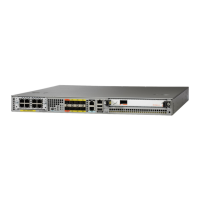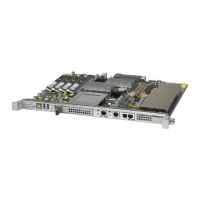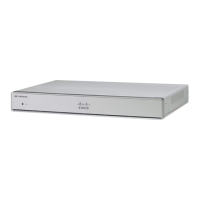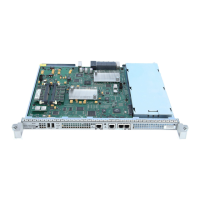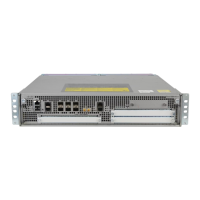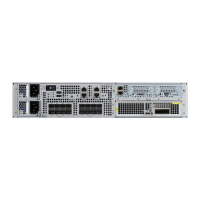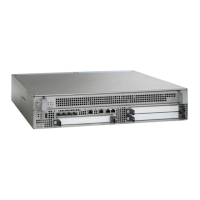CHAPTER
3-1
Cisco 10000 Series Router Software Configuration Guide
OL-2226-23
3
Configuring Remote Access to MPLS VPN
TheCisco 10000 series router supports the IP virtual private network (VPN) feature for Multiprotocol
Label Switching (MPLS). MPLS-based VPNs allow service providers to deploy a scalable and
cost-effective VPN service that provides a stable and secure path through the network. An enterprise or
Internet service provider (ISP) can connect to geographically dispersed sites through the service
provider’s network. Using the MPLS backbone, a set of sites are interconnected to create an MPLS VPN.
The remote access (RA) to MPLS VPN feature on the Cisco 10000 series router allows the service
provider to offer a scalable end-to-end VPN service to remote users. The RA to MPLS VPN feature
integrates the MPLS-enabled backbone with broadband access capabilities. By integrating access VPNs
with MPLS VPNs, a service provider can:
• Enable remote users and offices to seamlessly access their corporate networks
• Offer equal access to a set of different ISPs or retail service providers
• Integrate their broadband access networks with the MPLS-enabled backbone
• Provide an end-to-end VPN service to enterprise customers with remote access users and offices
• Separate network access and connectivity functions from ISP functions
The RA to MPLS VPN feature is described in the following topics:
• MPLS VPN Architecture, page 3-2
• Access Technologies, page 3-3
• Feature History for RA to MPLS VPN, page 3-10
• Restrictions for RA to MPLS VPN, page 3-10
• Prerequisites for RA to MPLS VPN, page 3-11
• Configuration Tasks for RA to MPLS VPN, page 3-12
• Verifying VPN Operation, page 3-30
• Configuration Examples for RA to MPLS VPN, page 3-30
• Monitoring and Maintaining an MPLS Configuration, page 3-39
• Monitoring and Maintaining the MPLS VPN, page 3-43
• Monitoring and Maintaining PPPoX to MPLS VPN, page 3-47
• Monitoring and Maintaining RBE to MPLS VPN, page 3-48

